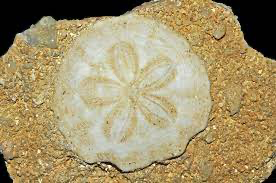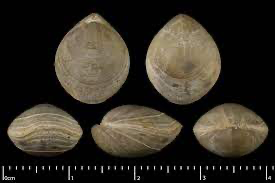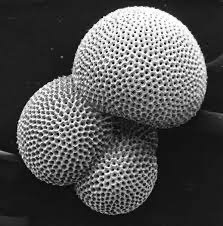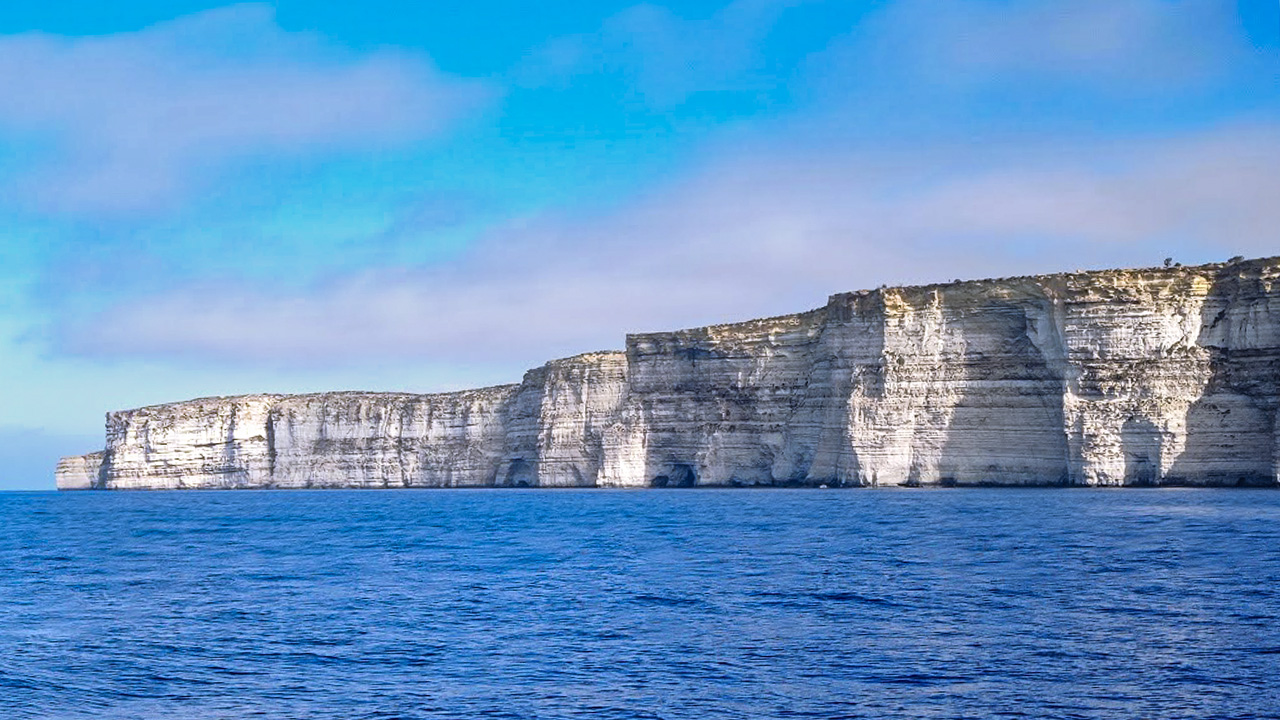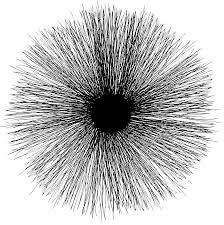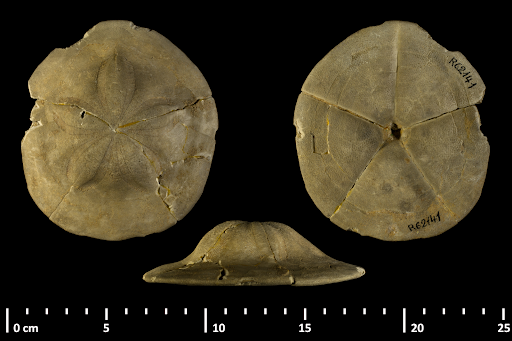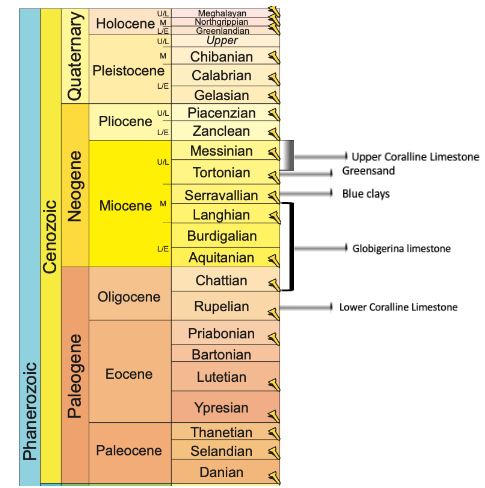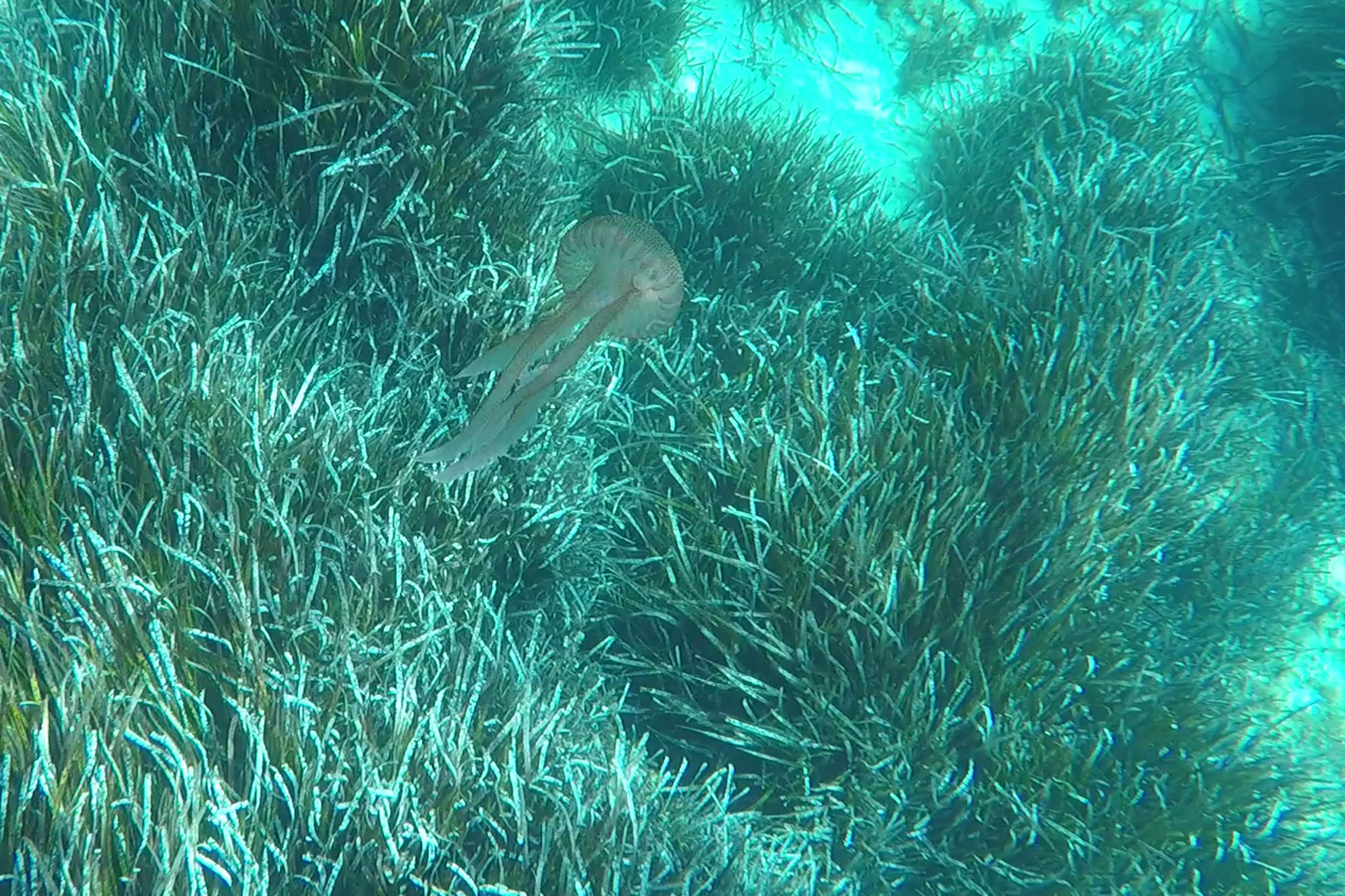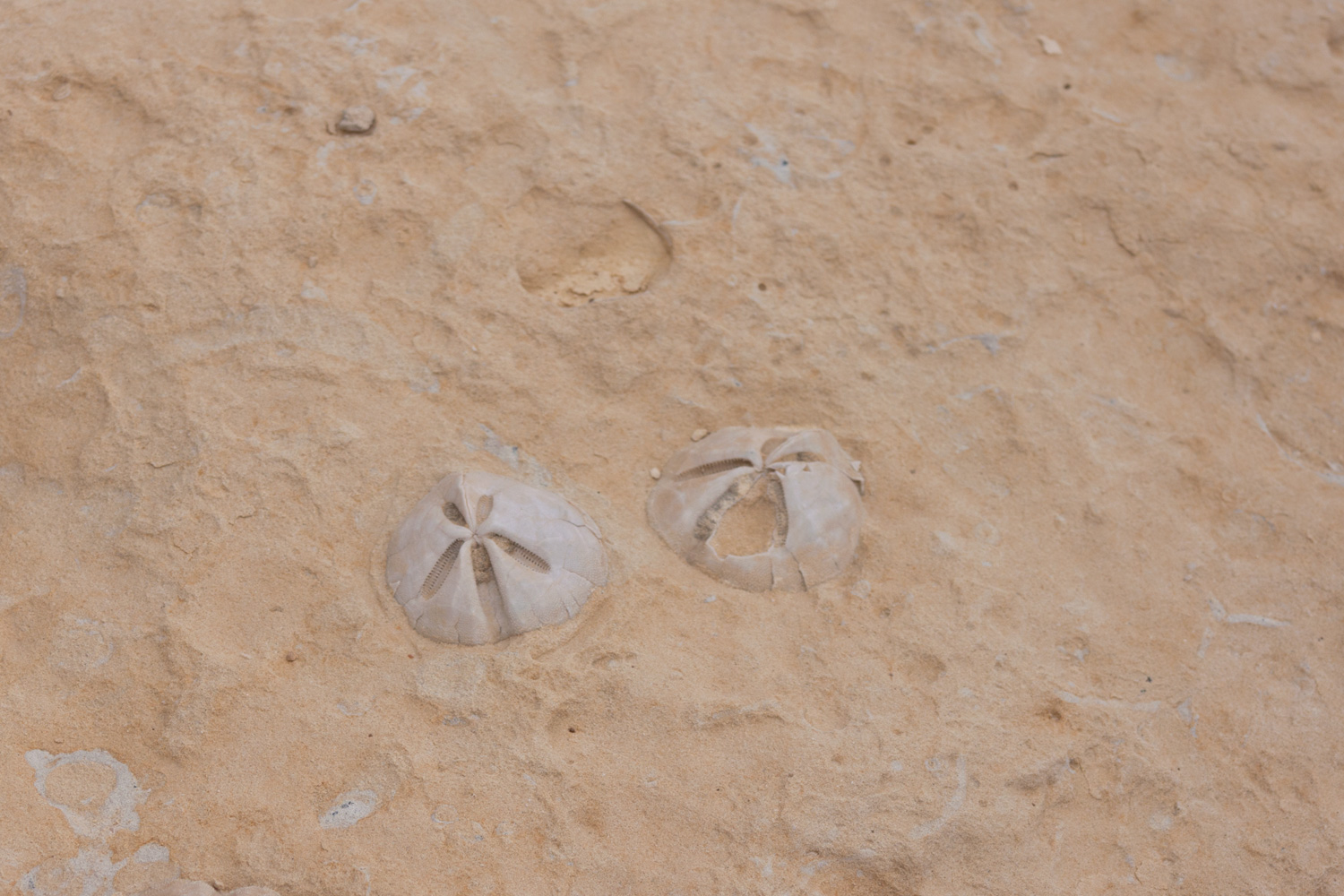
Malta’s Geological Wonders: Shaping the Marine Environment
What is geology?
Studying the rocks and subsoil of the planet to understand its geological history. A science whose practical applications are often ignored. Without geologists there would be no raw materials to make your smartphone, no resources to produce energy and no drinking water from groundwater… find more
Malta was born from the heave of sedimentary rocks that formed underwater thanks to the extension between Miocene and Pliocene. Malta consists solely of sedimentary rocks of bioclastic = fossil fragment embeds and composing a sedimentary rock from a marine environment origin.
Geology map of Malta (https://continentalshelf.gov.mt/en/Pages/Geological-Map-of-the-Maltese-Islands.aspx)
The rock layers that make up the surface geology consist of five main formations laid on top of each other in a sequence of tabular layers:
- at the base, a lower layer of coralline limestone: end of the Oligocene (Rupelian), maximum thickness 140 metres. This limestone is made up of the deposits of limestone tests =calcareous shell of the seaweed Melobesiae, coralline, in deep waters. It is very hard and light grey in colour. Some of the fossils discovered from this period include large Archaeolithothamnium coralline algal rhodoliths (strombid gastropods and bryozoa). Also, Scutella echinoids and Terebratula brachiopods were also found.
https://commons.wikimedia.org/wiki/File:Scutella_subrotunda_%28Leske,_1778%29_1.JPG https://science.mnhn.fr/institution/mnhn/collection/f/item/a25376
- a layer of Globigerina limestone: from the end of the Oligocene to the middle Miocene ,from Chattian to Langhian, between 25 and 200 meters high. Globigerina are pelagic marine foraminifers composed of subspheric lodges. Globigerina Limestone is softer than the Coralline Limestone and ranges from yellow to pale grey in colour. This limestone is the main outcrop of the archipelago and is the base material used in construction. There are three particularly fossil phosphate levels.
Globigerina phot credit: https//commons.wikimedia.org/wiki/File:Foram-globigerina_hg.jpg – North west Gozo Cliffs, Photo credit @Patrizia Patti
- a layer of blue clay: Middle Miocene from, Serravallian to Lower Tortonian, 18 to 65 metres thick. Inland, it forms the terraced hillsides supported by stone walls. Foraminifera are abundant throughout, with Globigerina and Orbulina being the most common
https://www.phylopic.org/images/5500d254-9f4a-4eba-a05e-1c670bc5ec34/orbulina-universa
- a layer of greensand: Upper Miocene (medium Tortonian). In this layer, one can find the Clypeaster family of echinoderms (sea urchins)
https://science.mnhn.fr/institution/mnhn/collection/f/item/r62141?lang=en_US
- an upper layer of coral limestone: Upper Miocene (from Upper Tortonian to Messinian), with a maximum thickness of one hundred metres. In this layer one can find mussels and other molluscs.
geological time scale www.stratigraphy.org
Geologically speaking, Malta is part of Africa since it is found on the African plate. Malta is located on the Pelagian plate. Tectonic activity also shapes the geomorphological structure of the Mediterranean coast and basin, creating distinctive spatial regions. Deep submarine canyons are present throughout the basin and are the result of river erosion during the major Mediterranean Sea level drawdown.
Geology and marine biodiversity
Natural water resources are very inadequate in Malta, so since 1982 water has been pumped up from the rock to meet the population needs. It is very expensive because of the technologies used to draw and treat water. Geology plays a role because desalination plants in Malta draw water from wells on the high seas and thus rely on the purifying effect of the bedrock. This limits the need for expensive pre-treatment, which then reduces production costs.
But all this has a detrimental effect on the environment and on Maltese marine biology because after desalinating the water the desalination plants release brine into the sea. Brine acidifies the water, which affects certain marine organisms.
The desalination brine discharges have severely impacted seagrass like Posidonia oceanica. Seagrass plays a crucial role in the marine ecosystem. Posidonia oceanica is endemic to the Mediterranean sea. It’s aquatic flowering plants of the family Posidoniaceae. It’s not an algae but a marine grass because it has roots and a rhizomatous stem (=stem that constitutes the food reserve).
Posidonia oceanica meadows can shelter associated algae, invertebrates and vertebrates in areas of high biodiversity, and contribute to improving water quality, preventing coastal erosion, and regulating biochemical fluxes along the coast. If the base of the food chain is affected by brine this will have a negative effect of the rest of the food chain from small fish to large marine mammals like whales and dolphins. All this could destroy the biodiversity of the area.
Posidonia meadows, Malta. Photo credit @Patrizia Patti
https://commons.wikimedia.org/wiki/File:Sexual_recruitment_stages_of_Posidonia_oceanica.png
Carbonate sediments and organic matter-rich layers are essential for the carbon cycle in the Mediterranean Sea, with feedbacks on the global biogeochemical cycle. Carbon has an important role in forming the hard parts of sea-living organisms (molluscs, urchins, corals, algae, etc.).
Posidonia oceanica can store x10 more CO2 than forest soils. Seagrasses absorb CO2 during photosynthesis to transform it into organic carbon compounds for storage in the roots where these rhizomes and sediments were located for its growth.
Seagrass contributes 10% of ocean CO2 burial which is a major aid to limit CO2 emissions.
@Raphael Primout, 14/08/2023


